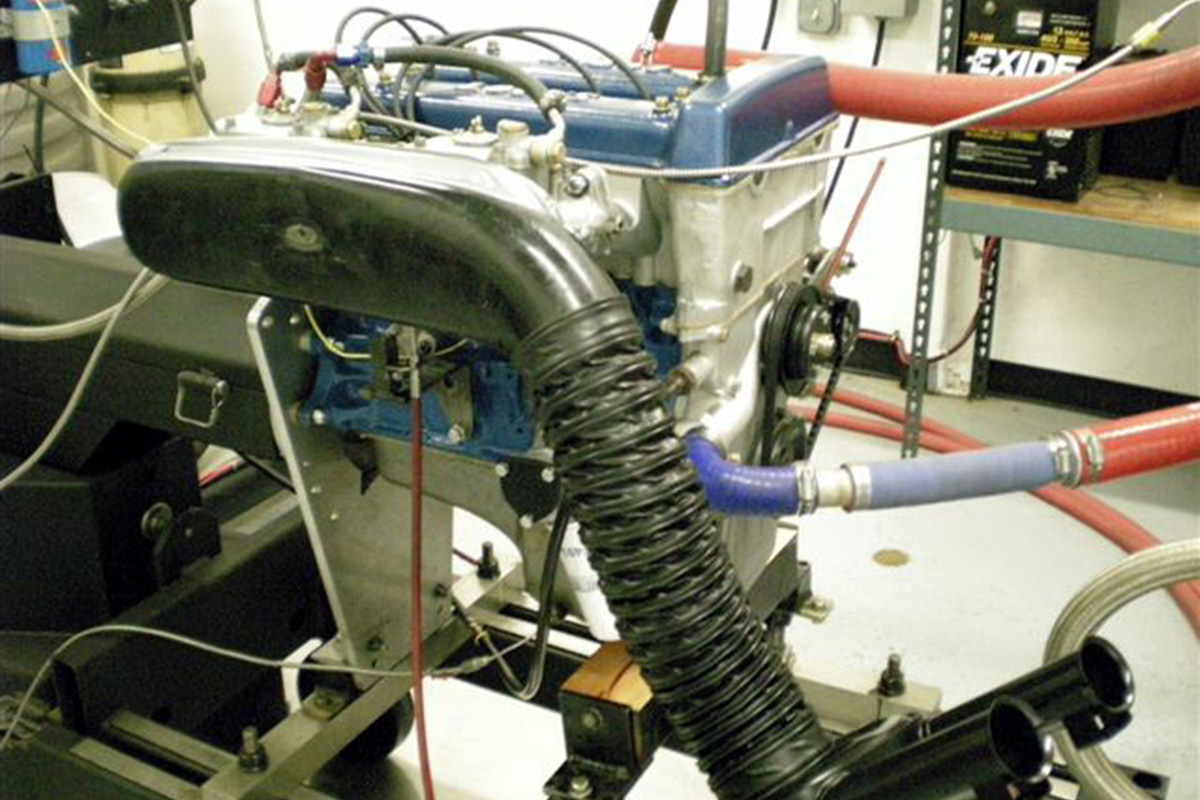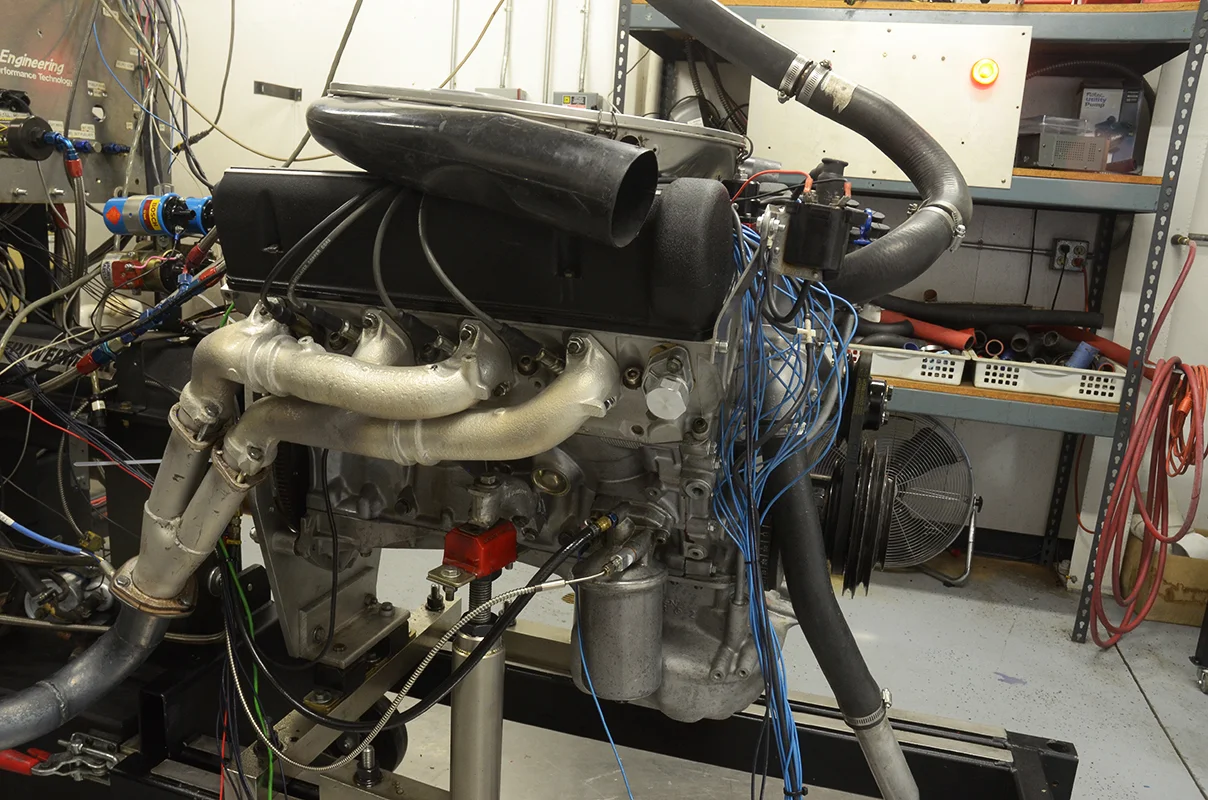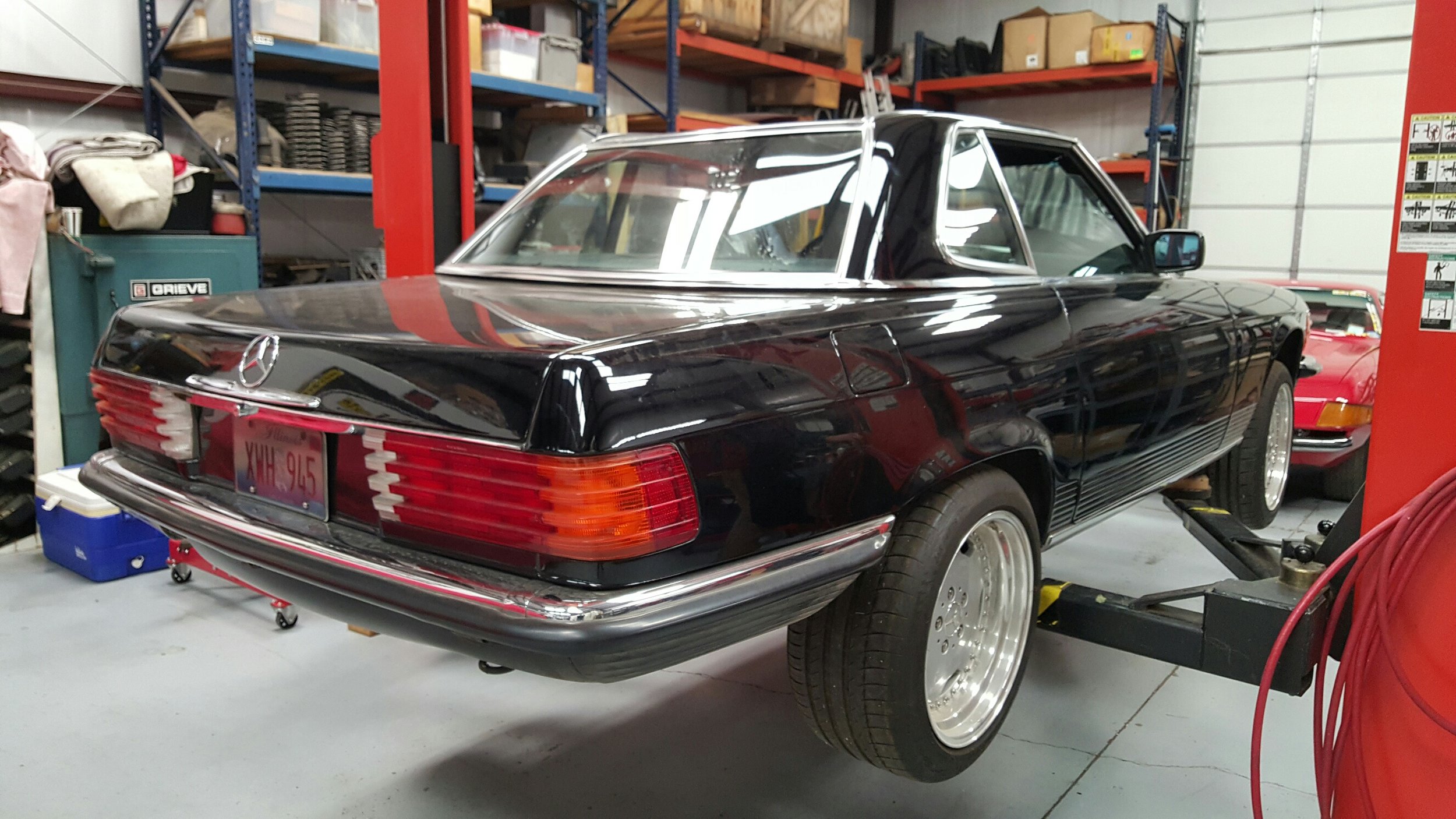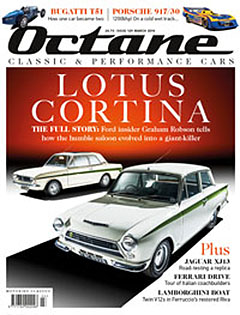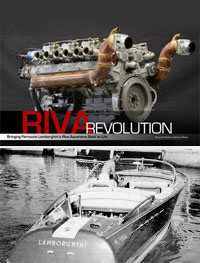1962 Chevrolet Corvette Restomod
/Project Overview: This project came to Carobu as a running car. The body had been painted but much of the assembly needed to be completed. Our task was to finish the mechanicals, which included rebuilding the engine for more power. In addition to the engine rebuild, we upgraded the suspension for better handling, rebuilt the 4-speed manual transmission and installed the exhaust system.
The goal was to have the car look close to stock, but with a lot more power under the hood. The engine compartment had to look concourse correct with the exception of the headers.
The engine in the car was a period 327 that was rated at 300 HP by the factory. The owner wanted to dyno test the engine before rebuilding into a more powerful version so that he would know what the power gains were. Getting a baseline power figure is always a good idea from a developmental point of view most importantly, but also from a basic curiosity angle as well. Typical for engines from the 1960s, the SAE gross power rating that the factory claimed was nowhere close to what the motor was actually putting out. When it was tested on the dyno, the stock engine peaked out at 215 HP @ 4,300 rpm- not exactly a ball of fire.
The engine build was dictated by several constraints. The iron heads were retained, as well as the factory intake manifold and carburetor setup. On the other hand, we were free to use any camshaft grind, as long as the car retained it's streetability. The plan was to rebuild and port the iron heads and then install larger 2.02”/1.60” valve sizes, screw-in head studs, 1.6 roller rockers and better quality valve springs. Keith Black hypereutectic pistons would give a fuel-friendly 9.5:1 compression ratio. A Comp Cams 270H hydraulic camshaft was chosen as the appropriate cam for this set-up. For an intake manifold, we went with a visually period correct aluminum Chevy dual plane high-rise version topped by an original rebuilt Carter AFB carburetor.
The head porting turned out well and yielded a 16% increase in flow on the intake side and a 33% increase in flow on the exhaust side. The block was line-bored, decked bored .040” oversize and then plate-honed to size.
The crankshaft was Magnafluxed to ensure there were no cracks in it and then polished. The connecting rods were shot-peened and polished and installed with new ARP bolts. The entire rotating assembly was precision balanced like all of our engines are.
During the dyno testing, the nice surprise was the very flat torque curve. Final HP was way over 300 at 322 HP @ 5,700 rpm. This was a nice increase and definitely made the client very happy. Below is the before and after dyno graph; over one hundred additional ponies!
Carobu Engineering: Ferrari and High Performance Engine Specialists, high performance engine building dyno testing and tuning
After the dust settled, the engine was installed in the chassis along with the transmission. A new suspension replaced the worn-out original parts and a new but original looking exhaust system was attached to the headers. During his test drive, the owner came back with a huge grin on his face saying that the car was wild to drive now. He got his wish!


